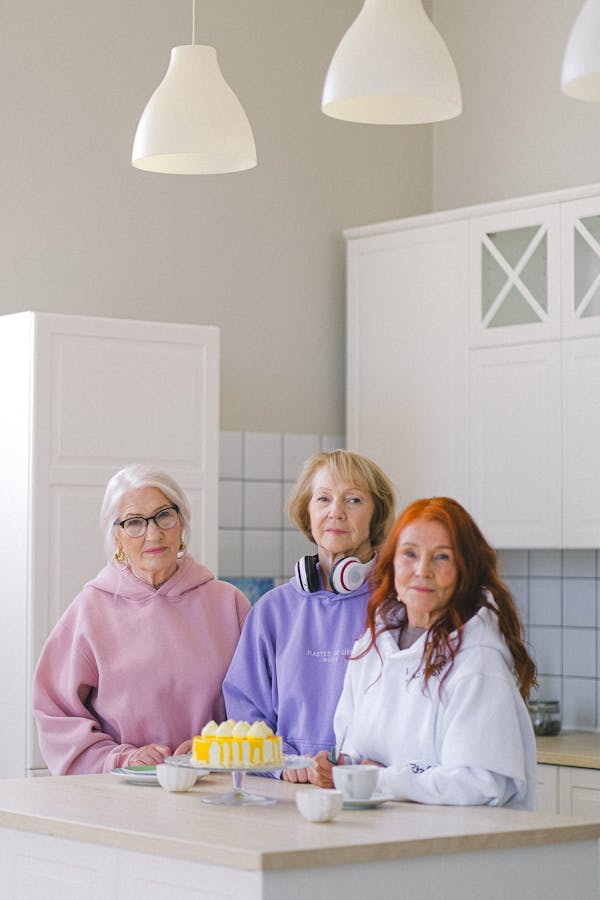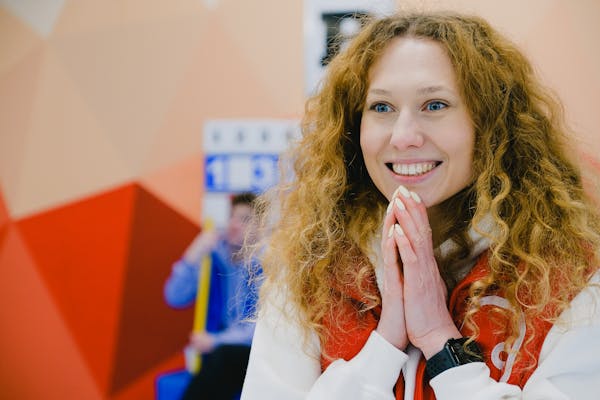
Are you tired of your hair color looking dull and lackluster? Do you want to add some vibrancy and shine back into your locks without spending a fortune? Look no further than single process color! This simple yet effective coloring technique can transform your hair in just one appointment. But what exactly is single process color, and how does it work? Keep reading to learn everything you need to know about this game-changing hair treatment.
What is Single Process Color?
Single process color is a hair coloring technique that involves applying a single color to the hair from roots to ends in one step. Unlike highlights or balayage, which involve applying multiple colors and techniques, single process color is straightforward and easy to maintain.
This type of coloring can be done with permanent, semi-permanent, or demi-permanent dye, depending on your desired level of permanence. Permanent dye will last until your hair grows out or you have it professionally removed, while semi-permanent and demi-permanent dyes gradually fade over time.
Single process color can be customized to achieve any shade imaginable – from natural browns and blondes to bold reds and blues. It’s an excellent option for those who want a complete change of look without committing to anything too drastic.
Single process color is a versatile and practical choice for anyone looking for an affordable way to refresh their hair’s appearance.
Types of Single Process Color
There are different types of Single Process Color that cater to various hair types and preferences. One type is the permanent color, which can last up to 8 weeks or more. This is perfect for those who want a long-lasting change in their hair color.
Another type of single process color is the demi-permanent, which can also last about 8 weeks but gradually fades away over time. It’s ideal for those who want a subtle yet noticeable change in their hair color without making a drastic commitment.
Semi-permanent colors are another option for those who don’t want any alteration in their natural tone but still desire an added pop of hue on their locks. The effect typically lasts for up to 6-12 shampoos before it completely washes out.
On the other hand, temporary colors offer instant results that only last until the next shampoo session. They come in spray-on formulas or wash-in/wash-out options, giving you creative freedom to experiment with your look without any lasting effects.
Choosing the right type of single process color depends on your needs and goals as well as considering factors like maintenance and budget constraints.
What Applications Benefit the Most from Single Process Color?
Single process color is a versatile hair coloring technique that works well for various applications. One of the main benefits of single process color is its ability to create an all-over even color on the hair. This makes it perfect for covering gray hairs or simply changing your natural hair color.
For those looking for a quick and easy way to brighten up their existing hair shade, single process color can be used to add subtle highlights or lowlights. This provides a more natural look while still creating depth and dimension in the hair.
Additionally, if you have damaged or over-processed hair, single process color can help restore shine and health back into your locks. Unlike other harsh chemical treatments such as bleaching or double processing, this type of coloring method is much gentler on the hair strands.
There are many different applications that benefit from using single process color. It’s an excellent choice for anyone looking to refresh their current hairstyle without going through drastic changes or damage-inducing procedures.
Conclusion
Single process color is a popular and effective way to enhance your natural hair color or change it completely. With its wide range of shades and applications, it can be customized to suit any individual’s needs. Whether you’re looking for a subtle touch-up or a bold new look, there’s sure to be a single process color that will work for you.
It’s important to note that while single process color is an accessible option for many people, it’s always best to consult with a professional stylist before making any major changes to your hair. A skilled stylist can help ensure that the final result is exactly what you want and that your hair stays healthy throughout the coloring process.
Whether you’re hoping to brighten up dull locks or try out an entirely new hue, single process color may just be the solution you’ve been searching for. So why not give it a try? You never know – it might just transform your look in ways you never thought possible!




